
views
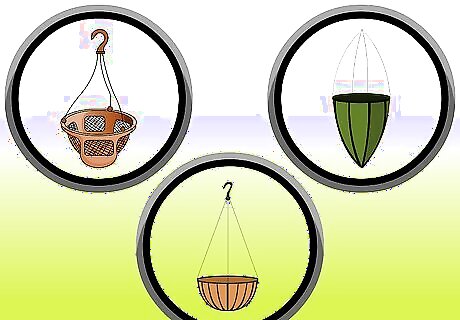
Select a basket. There are a variety of baskets available on the market. Consider what will fit with your decor and what theme works well with your garden and plant choices. Also select the size that best suits the type of plant that you will be planting, including consideration for its likely future growth. Hanging baskets are typically available in such materials as: Stout galvanized wirePrepare a Hanging Basket Step 1Bullet1.jpg Solid plasticPrepare a Hanging Basket Step 1Bullet2.jpg Ceramic pot in a macramé or other knotted hangerPrepare a Hanging Basket Step 1Bullet3.jpg Ceramic pot attached with wirePrepare a Hanging Basket Step 1Bullet4.jpg Plastic mesh or basketryPrepare a Hanging Basket Step 1Bullet5.jpg
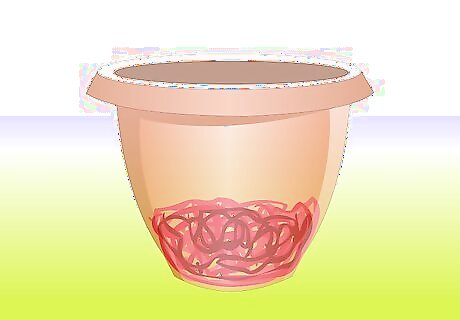
Line the basket. Lining a basket helps to keep the soil in place and reduces the need for watering; it also neatens the appearance of the basket. The best lining for a hanging basket is sphagnum moss. This works especially well with hanging baskets that are wire based. Another lining that can be substituted for sphagnum moss is polythene; be sure to punch some holes in the base of this lining to allow the water to seep through and ensure good drainage. For the most successful water retention and reduced need to water in large baskets, combine sphagnum moss and polythene linings (polythene over the sphagnum moss, with small holes poked in the polythene).
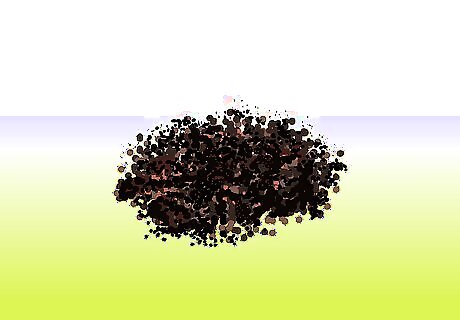
Choose good soil. A good quality potting mix or compost should be used for hanging baskets. Add a slow-release fertilizer and mix well before filling the basket.
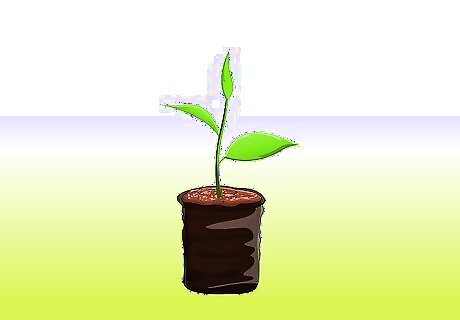
Select strong plants that are appropriate for growing in a basket. The best plants to use in a new hanging basket are well-established plants that are either flowering or are close to flowering. Arrange large plants first and tuck in smaller plants around these, including trailing plants at the edge. There is a huge variety of plants that work well in hanging baskets; some plants that are ideal for hanging baskets include: LobeliaPrepare a Hanging Basket Step 4Bullet1.jpg Gypsophila (baby's breath)Prepare a Hanging Basket Step 4Bullet2.jpg NasturtiumsPrepare a Hanging Basket Step 4Bullet3.jpg Geraniums (long-flowering)Prepare a Hanging Basket Step 4Bullet4.jpg HoyaPrepare a Hanging Basket Step 4Bullet5.jpg VerbenaPrepare a Hanging Basket Step 4Bullet6.jpg FuschiasPrepare a Hanging Basket Step 4Bullet7.jpg BegoniasPrepare a Hanging Basket Step 4Bullet8.jpg PansiesPrepare a Hanging Basket Step 4Bullet9.jpg PolyanthusPrepare a Hanging Basket Step 4Bullet10.jpg

Hang well. Once the basket is filled with soil and plants, it is heavy. Be sure to have a sturdy surface to stand on for hanging (such as a stepladder correctly placed so that it won't wobble). Make sure that the hooks used to hang the baskets are very strong; the basket will become even heavier after each watering. Hanging baskets can be hung from hooks that you have drilled into place or by using extension rods that extend from the ceiling or across one space to another space without needing to be drilled. Check the weight restrictions and load capacity on the packaging of hooks or extension rods before deciding to use them for your hanging basket.
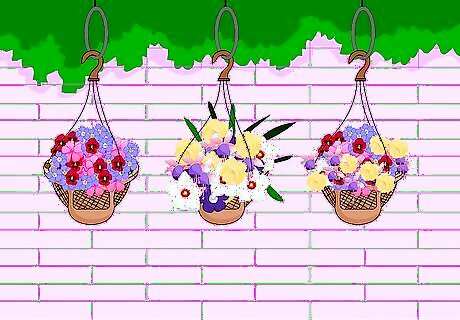
Place in good positions. Where you place your hanging baskets will depend in large part on the reasons behind why you want them. Perhaps you want to disguise something that isn't so pretty, perhaps you want to brighten up an area or perhaps you simply want a brilliant display of flowers that you love. Be guided by the reasons that drive you. Also be considerate of the plants' needs; few plants can withstand full sunshine or full shade when they are planted in a hanging basket.
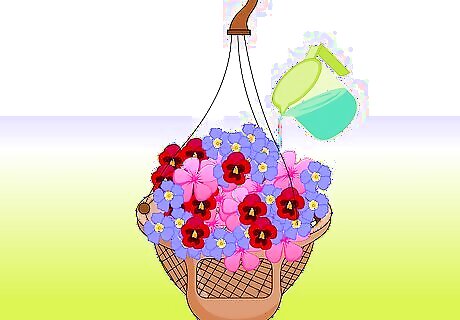
Keep watered. Depending on the temperature and the plant type, hanging baskets may need to be watered daily. Get a good quality watering can or a plastic container with a nozzle that reaches high; you can squeeze the water up from the container through the nozzle and into the plant to save you having to reach to high places.













Comments
0 comment